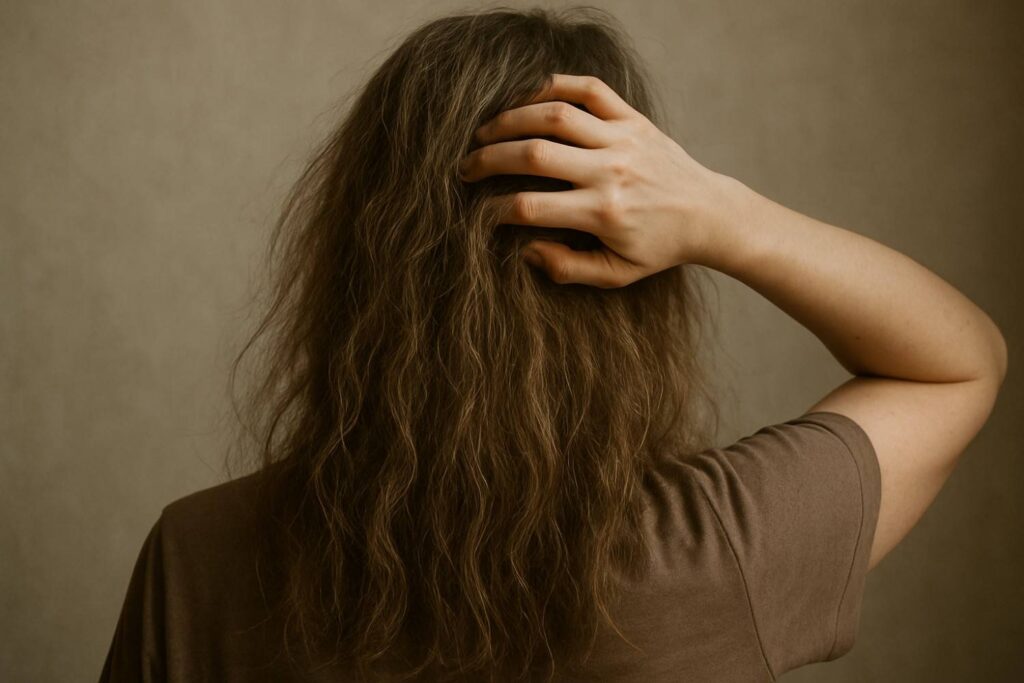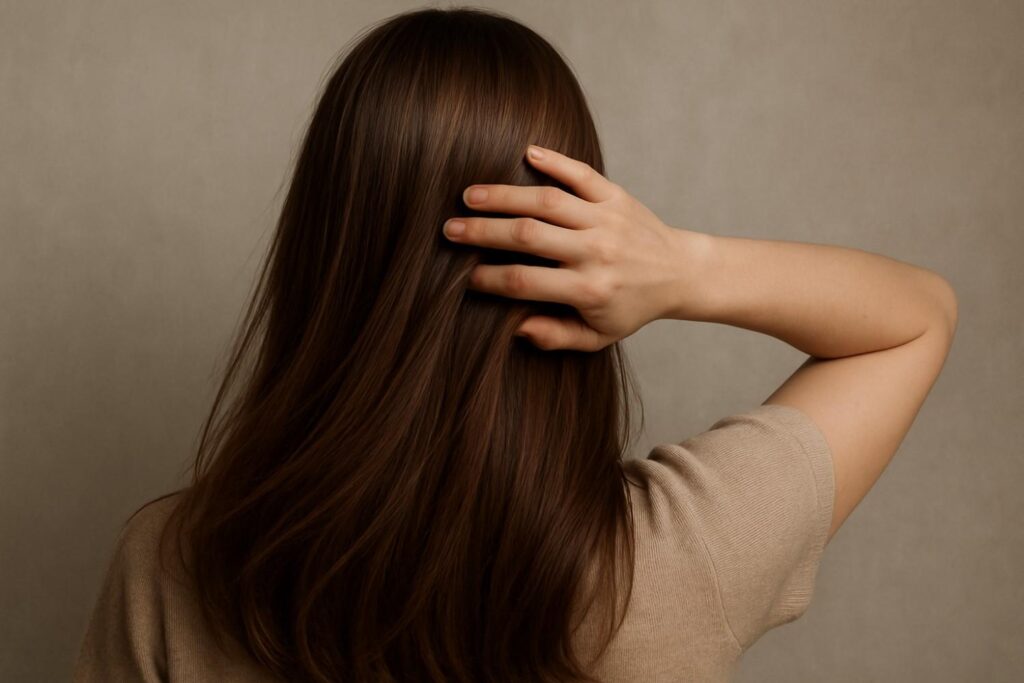Hair Repair 101: Everything to Know to Rescue Damaged Hair
Introduction: Is Your Hair Crying for Help?
Hair is more than just a style statement—it’s a reflection of your health, personality, and care routine. But in today’s world, even the most mindful hair enthusiasts face damage. From heat tools to harsh chemicals, it’s easy to end up with dry, brittle, or lifeless hair. That’s where hair repair becomes essential.
Whether you’re dealing with split ends, breakage, or rough texture, this guide will show you what hair repair means, what causes damage in the first place, and how to restore your hair’s health, inside and out.

What is Hair Repair?
Hair repair refers to the process of restoring damaged hair fibers to a healthier, stronger, and more manageable state. It’s not just about making your hair look better—it’s about reversing structural damage and nourishing the hair from within.
Hair doesn’t heal on its own. Once the strands are broken, repairing them requires a combination of professional treatments, high-quality ingredients, and consistent aftercare.

What Causes Hair Damage?
Before jumping into repair, it helps to understand what causes the damage. Here are the most common culprits:
- Heat Styling: Curling irons, flat irons, and blow dryers sap moisture and weaken the hair shaft.
- Chemical Treatments: Coloring, perming, relaxing, and bleaching can break down natural protein structures.
- Environmental Factors: UV rays, hard water, saltwater, and pollution all contribute to cuticle damage.
- Overwashing or Harsh Products: Frequent shampooing with sulfates or alcohol-based products strips natural oils.
- Rough Handling: Tight hairstyles, aggressive brushing, and towel drying can lead to mechanical breakage.
Signs Your Hair Needs Repair
Not sure if your hair needs help? Look out for these common red flags:
- Persistent frizz and flyaways
- Dull or matte texture
- Excessive tangling
- Split ends and mid-shaft breakage
- Weak, stretchy, or gummy strands when wet
- Difficulty holding a style
If your hair is showing two or more of these signs, it’s time for a serious hair repair regimen.
Effective Hair Repair Strategies
- Hydration is Key
Use hydrating masks and leave-ins with ingredients like aloe vera, hyaluronic acid, and panthenol to restore moisture balance. - Protein Rebuilding
Treatments that contain keratin, amino acids, or peptides help rebuild broken bonds and add strength. - Cuticle Sealing
Oils and silicone-free serums help close the cuticle layer, making hair smoother and more reflective. - Sulfate-Free Cleansing
Gentle shampoos prevent further stripping of natural oils and preserve the scalp’s protective barrier. - Protect and Prevent
Always use heat protectant sprays, reduce the frequency of chemical processing, and wear protective styles when needed.
Enter Magic Sleek: The Next-Level Hair Repair Solution
When hydration and protein masks aren’t enough, it’s time to explore advanced hair repair technology—and that’s where Magic Sleek comes in.
Magic Sleek is a professional, formaldehyde-free smoothing and repair system that doesn’t just mask damage—it repairs it from the inside out. Unlike other treatments that temporarily coat the hair, Magic Sleek penetrates the inner cortex to rebuild and strengthen strands at a molecular level.
Why Choose Magic Sleek for Hair Repair?
- ✅ Reconstructs broken bonds for lasting strength
- ✅ Eliminates frizz and dryness without heavy silicones
- ✅ Infuses hair with nourishing fruit and plant extracts
- ✅ Safe for all hair types—including color-treated and chemically processed
- ✅ Long-lasting results with proper aftercare
Plus, Magic Sleek’s aftercare line helps maintain softness, shine, and strength long after the initial salon treatment.
Final Thoughts: Your Hair Deserves Better
You don’t have to live with damaged hair. With a consistent hair repair routine and powerful solutions like Magic Sleek, you can restore your strands to their healthiest, most radiant version. Repair is not a trend—it’s a necessity for beautiful, resilient hair that shines from root to tip.
Are you ready to revive your hair? Let Magic Sleek be your rescue plan.
